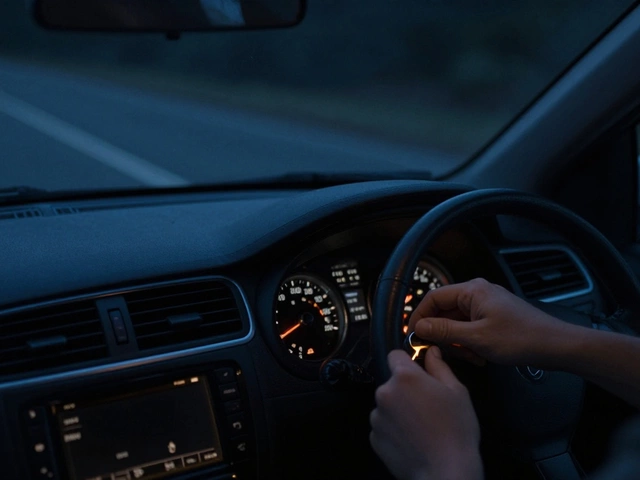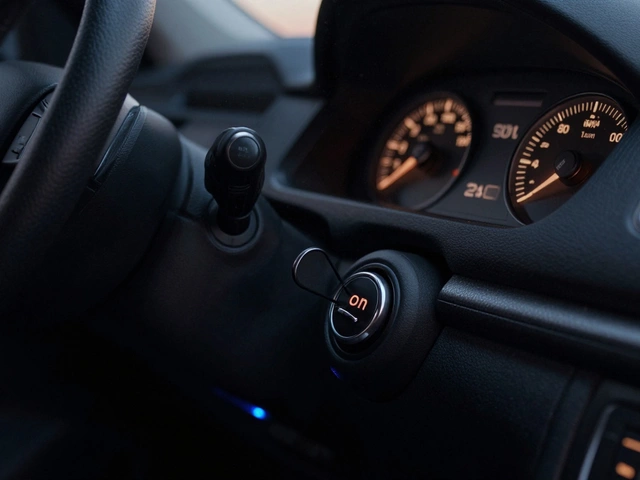Brake Rotors Lifespan: How Long Do They Last and When to Replace Them
When it comes to your car’s safety, brake rotors, the metal discs that work with brake pads to stop your vehicle. Also known as disc brakes, they’re one of the most critical parts you rarely think about—until they start making noise or your car takes longer to stop. Most brake rotors last between 30,000 and 70,000 miles, but that’s not a rule—it’s a range. Your driving habits, climate, and even the quality of your brake pads can cut that number in half. If you’re always braking hard in city traffic, your rotors are working overtime. If you live somewhere with salty roads in winter, rust can eat away at them faster than you’d expect.
Brake rotors don’t just wear down—they can warp, crack, or get grooved from worn-out brake pads. That’s why you can’t just look at mileage. A rotor that looks fine might be too thin to safely resurface. And if your mechanic says you need new rotors, don’t assume it’s a upsell. Some shops will resurface rotors to save you money, but that only works if there’s enough material left. Once the rotor hits the manufacturer’s minimum thickness mark, resurfacing isn’t an option—it’s a safety risk. You can’t fix thin rotors. You have to replace them.
It’s easy to mix up rotor wear with brake pad wear. Your pads wear out faster, often every 25,000 to 50,000 miles, but they’re the ones that actually scrape the rotors. If you ignore squealing pads for too long, you’re grinding metal on metal. That’s when rotors start to get scored, and that’s when you’re looking at a much bigger bill. The good news? You don’t always need new rotors when you change pads. If the rotors are smooth, thick enough, and not warped, you can reuse them. But you need to check them. A quick visual and a tape measure can save you hundreds.
And don’t forget the connection between rotors and your car’s overall stopping power. Worn or uneven rotors don’t just make noise—they cause vibrations in the steering wheel, uneven braking, and can even trigger your ABS light. That’s not just annoying. It’s dangerous. If your car pulls to one side when you brake, it’s not just the pads. It’s likely the rotors. And if you hear a grinding sound like metal on metal, you’re already past the point of a simple fix.
What you’ll find below are real, practical guides from drivers and mechanics who’ve been there. You’ll learn how to tell if your rotors are worn out without taking your car to a shop, what signs mean you need a full replacement versus a simple pad swap, and why some "cheap" rotor jobs end up costing you more in the long run. No fluff. No jargon. Just what actually matters when your brakes are on the line.





